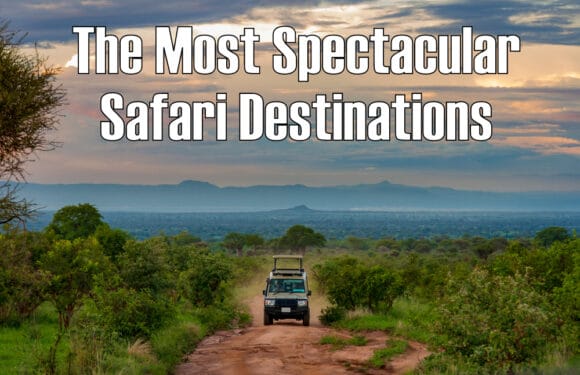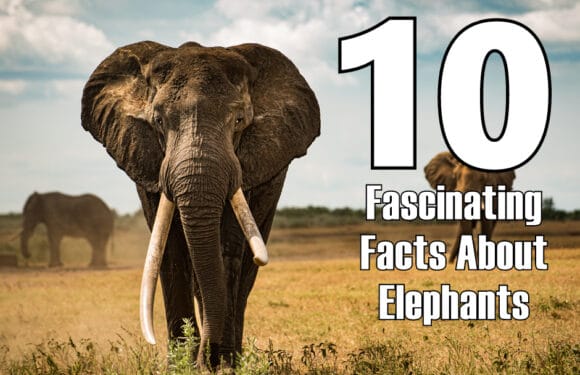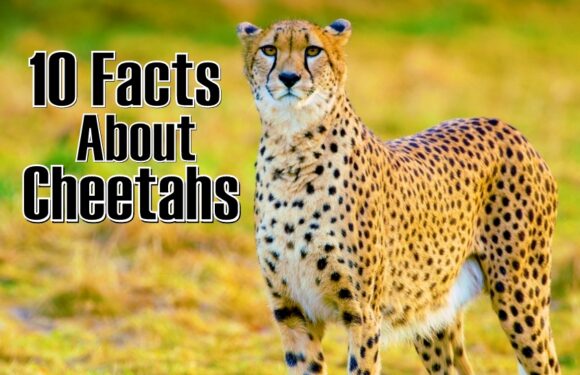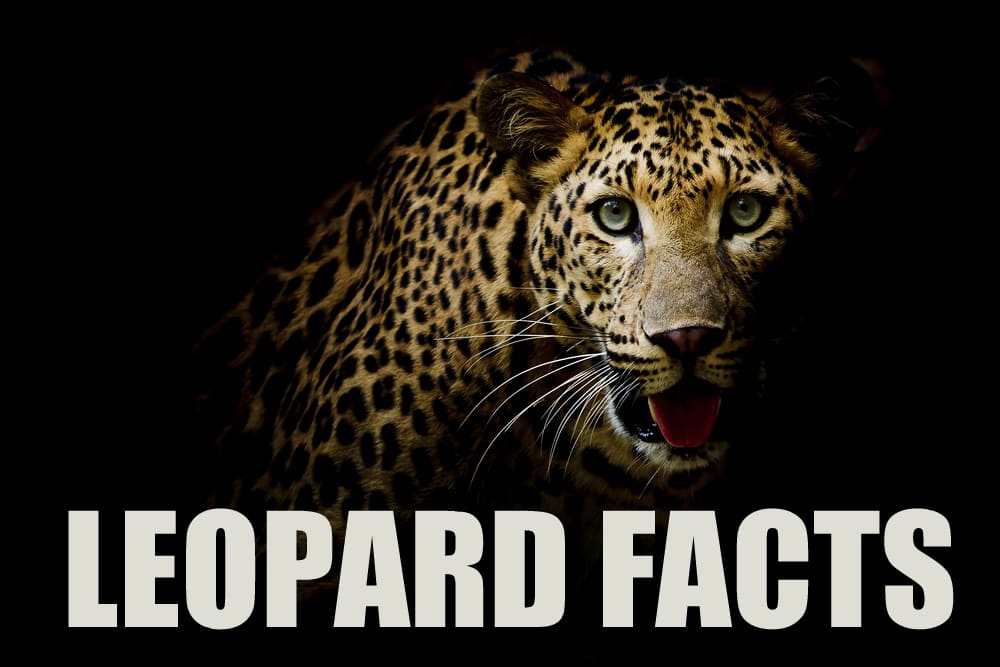
Although leopard sightings are extremely rare on Mount Kilimanjaro, the mountain is closely associated with them.
Kilimanjaro was famously home to a frozen leopard discovered in 1926 by the climber and pastor Richard Reusch. He spotted it on the crater rim of Kibo and cut off an ear as a souvenir. Since then, the leopard carcass has disappeared but the general area where it was found is called Leopard Point today. A frozen leopard is also mentioned in the 1936 short story “The Snows of Kilimanjaro” by Ernest Hemingway.
Here are 10 facts about these amazing big cats.
1. Leopard Spots Are Called Rosettes
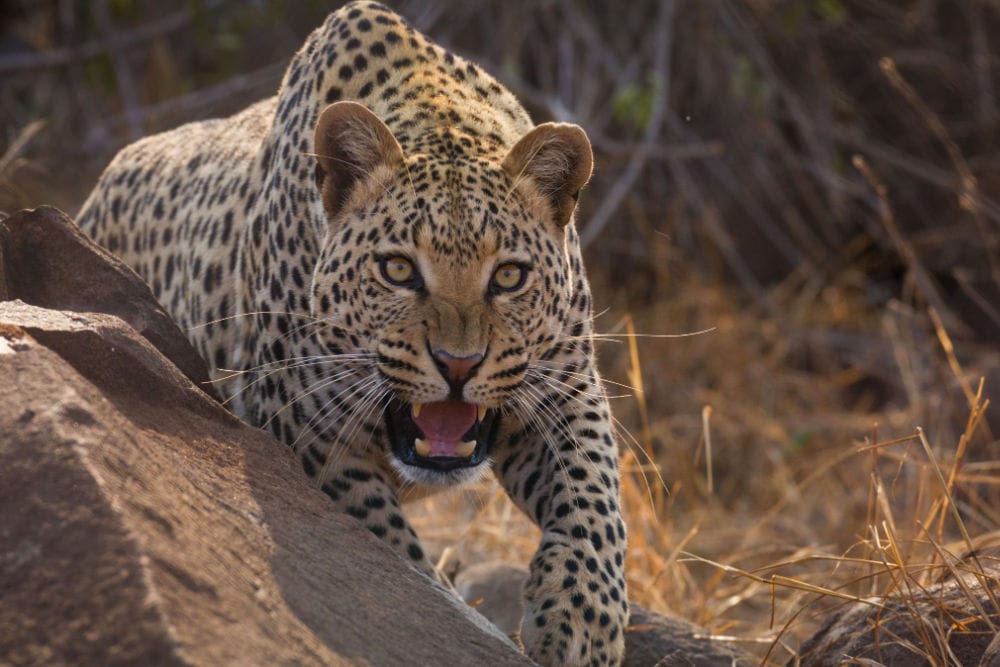
The dark spots on a leopard are called “rosettes” because their shape is similar to that of a rose. Baby leopards are born with barely visible spots, which emerge as they get older.
Black coated (or melanistic) leopards, where the spots are indistinguishable, are commonly called black panthers. They are often mistakenly thought to be a different species. In other words, the panther is simply a black leopard.
2. Leopards Like to Spend Time in Trees
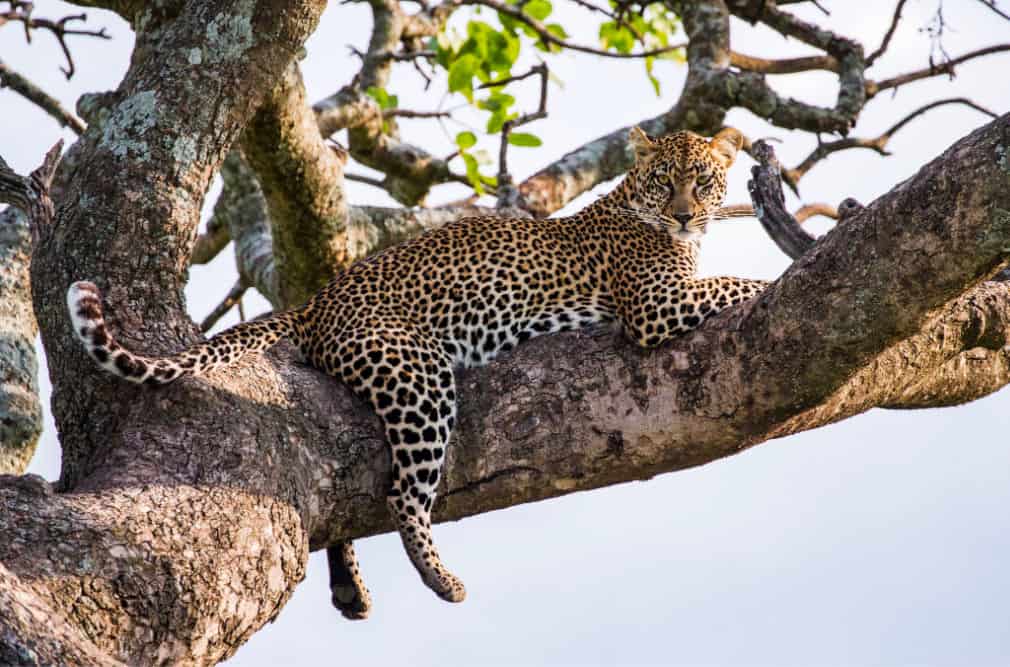
The leopard is a strong and agile climber who is often found resting on a tree branch during the day. After a kill, leopards will often stash their prey in a tree to prevent other animals such as hyenas and lions from stealing it, and they enjoy the meal for several days.
It is not uncommon for a leopard to drag their kill 50 feet high into a tree. Their muscles make them excellent climbers along with their retractable claws.
3. Leopards Are the Smallest of the Big Cats
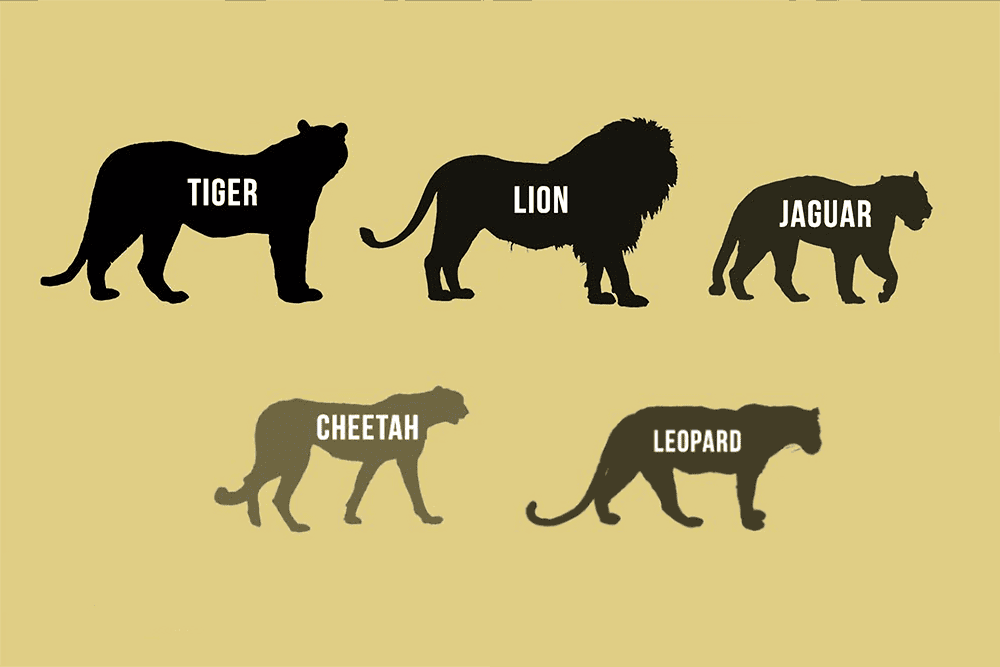
Leopards are the smallest of the large cats, which includes lions, tigers and jaguars. Female leopards weigh 46 to 132 pounds and males can be up to 50% bigger, weighing 80 to 165 pounds. The average length of a leopard is between three and six feet.
In comparison, a male Siberian tiger, the world’s largest cat, weighs up to 700 pounds and averages 11 feet in length.
4. Leopards Are Fast Runners
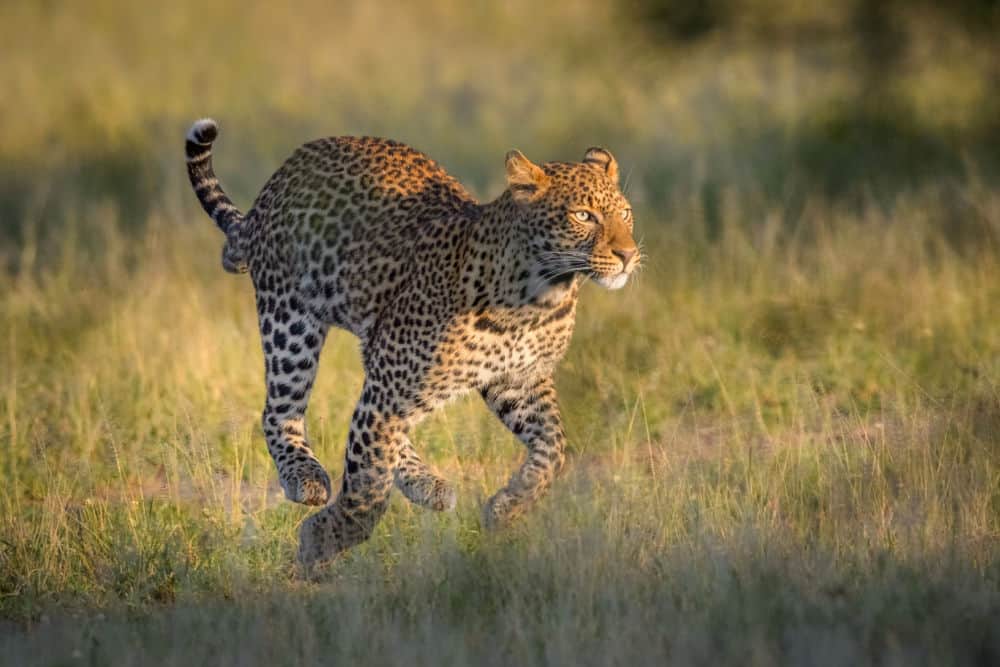
Leopards are powerful animals, known for their climbing ability. But they’re also pretty quick. Leopards can run at a speed of 36 miles per hour, and leap 20 feet in a single bound. They can also jump 10 feet straight up in the air.
By comparison, a cheetah, the fastest land mammal, can run 50 to 80 miles per hour.
5. Leopards Are Found on Several Continents
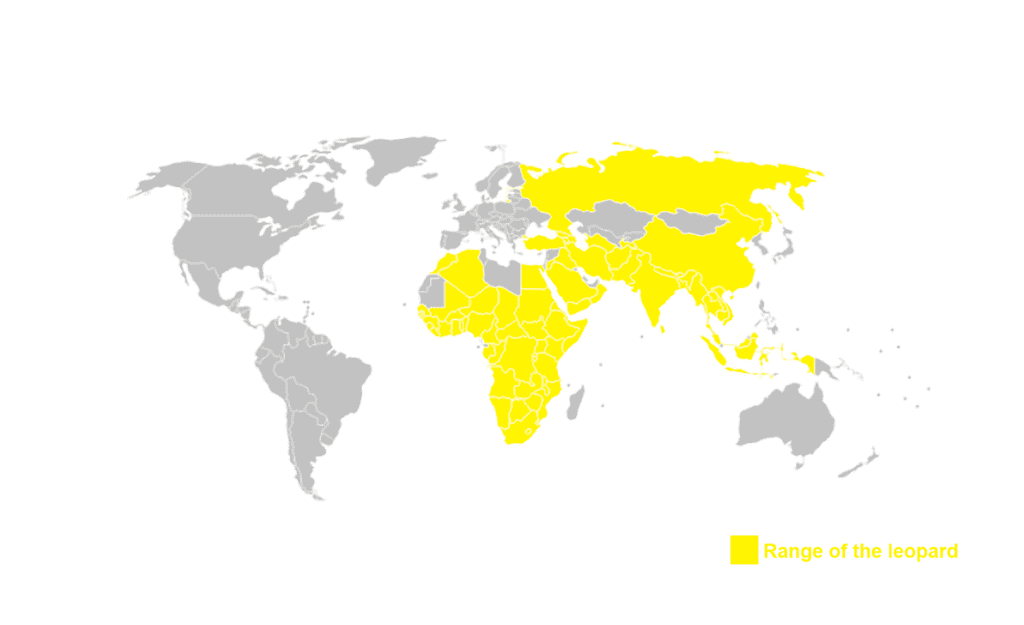
Leopards are found in sub-Saharan Africa, northeast Africa, Central Asia, India and China. They can live in a varied habitat, from rainforests to deserts, woodlands and forests.
In Tanzania, leopards may be spotted on Mount Meru, the second highest mountain in the country after Kilimanjaro. All leopard subspecies are either endangered or threatened. The Amur leopard, found in Russia and China, is thought to be the most endangered big cat in the world, with only about 120 left.
6. Leopards are Solitary Animals
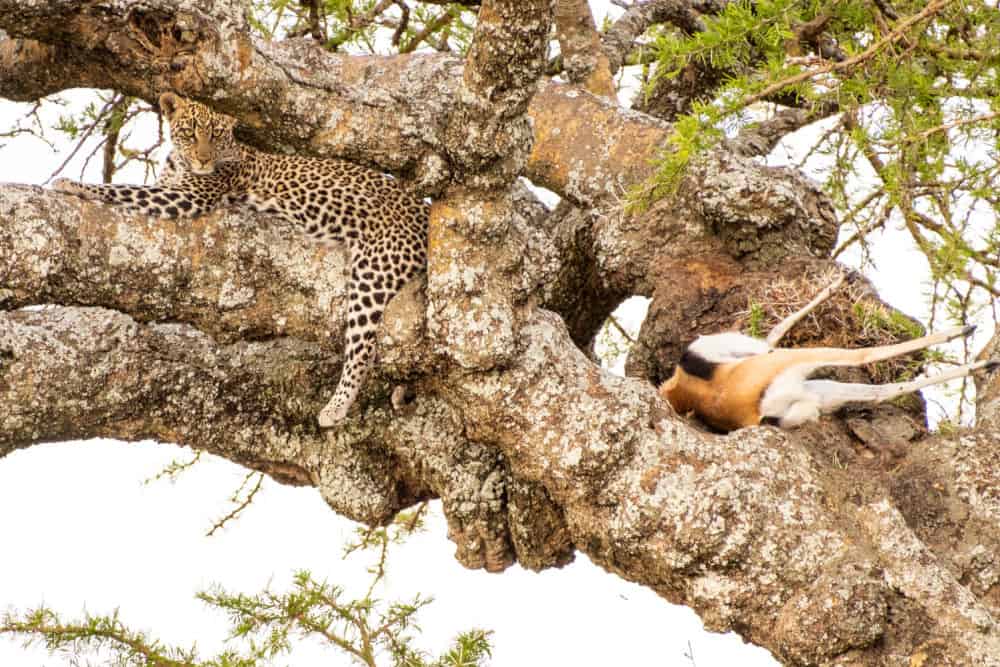
Leopards like to spend time alone and they mark their territory by leaving behind feces, scenting the space with urine, and scratching trees. Male and female leopards will only come together to mate, which can last two to five days. Male leopards are not involved in raising their babies.
7. Leopards Will Eat Almost Anything
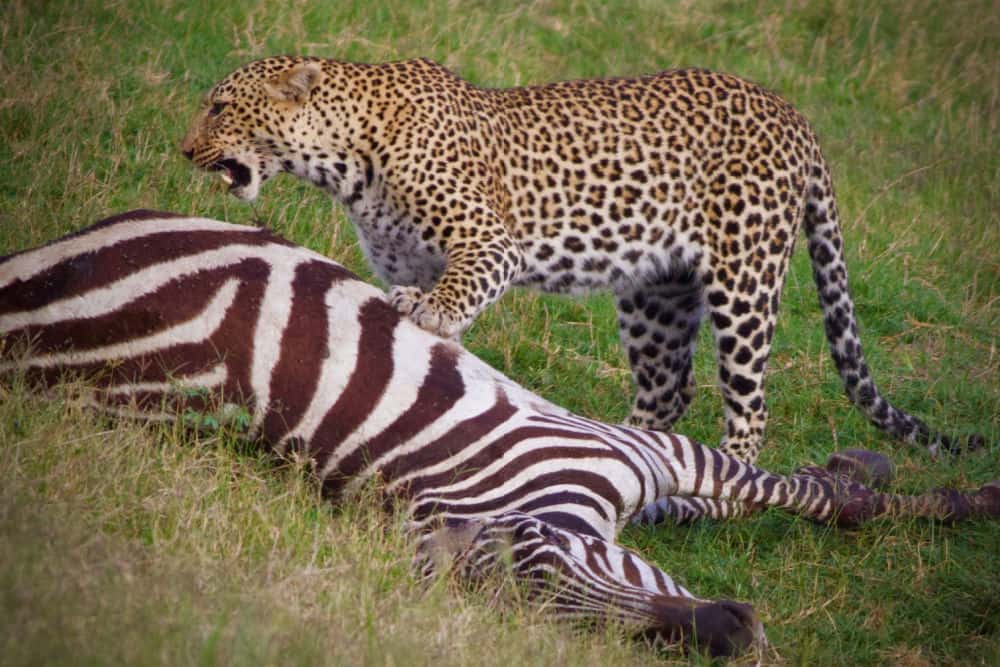
Leopards are opportunistic hunters. Therefore they have a very broad diet and eat almost anything that comes their way. They are carnivores who will eat a wide variety of animals, from small prey like birds, monkeys, snakes and lizards to bigger animals like deer, gazelle and antelope. Their varied diet has helped them survive in areas where other large cat populations have diminished. When food is scarce, leopards will hunt less desirable, but more abundant prey.
8. Leopards are Ambush Predators
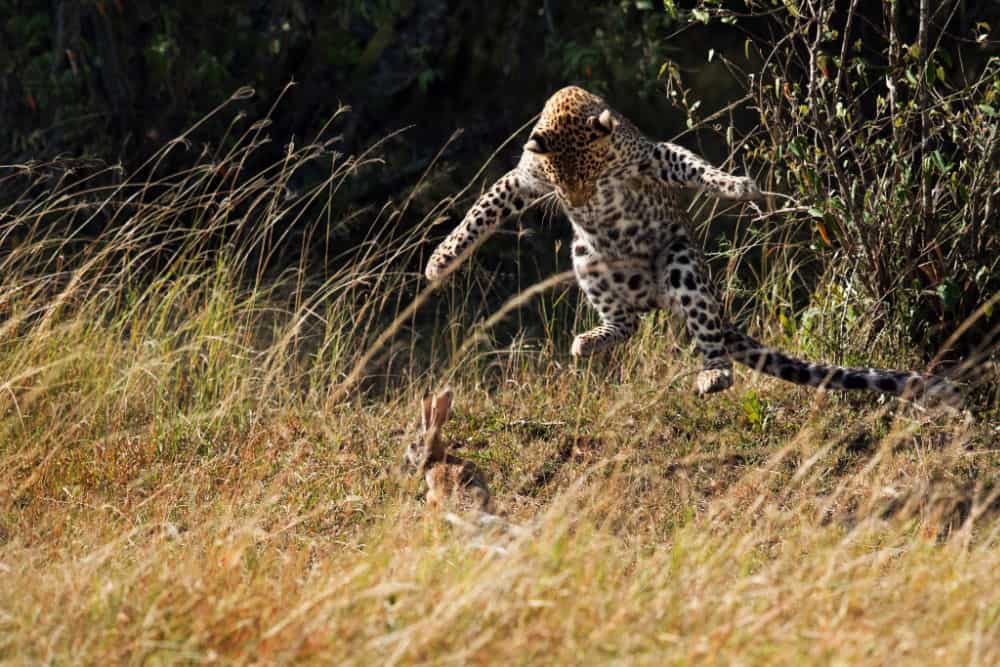
Leopards are nocturnal hunters who can see seven times better in the dark than humans. They will stalk their prey quietly and carefully. A leopard’s spots allow them to blend in with leaves and grass. When the prey is within range, the leopard will pounce and kill with a bite to the throat. Smaller animals like birds and mice can be taken down with a swipe of a powerful paw.
9. Leopards Have a Unique Language
Leopards do not roar like a lion. They communicate with each other through distinctive calls that sound more like a raspy bark. Their rasp can be heard up to two miles away. Leopards also make a chuffing or huffing sound as a friendly greeting. Like cats, leopards purr when they’re happy and growl when angry.
10. Leopard Cubs Have a Short Gestation
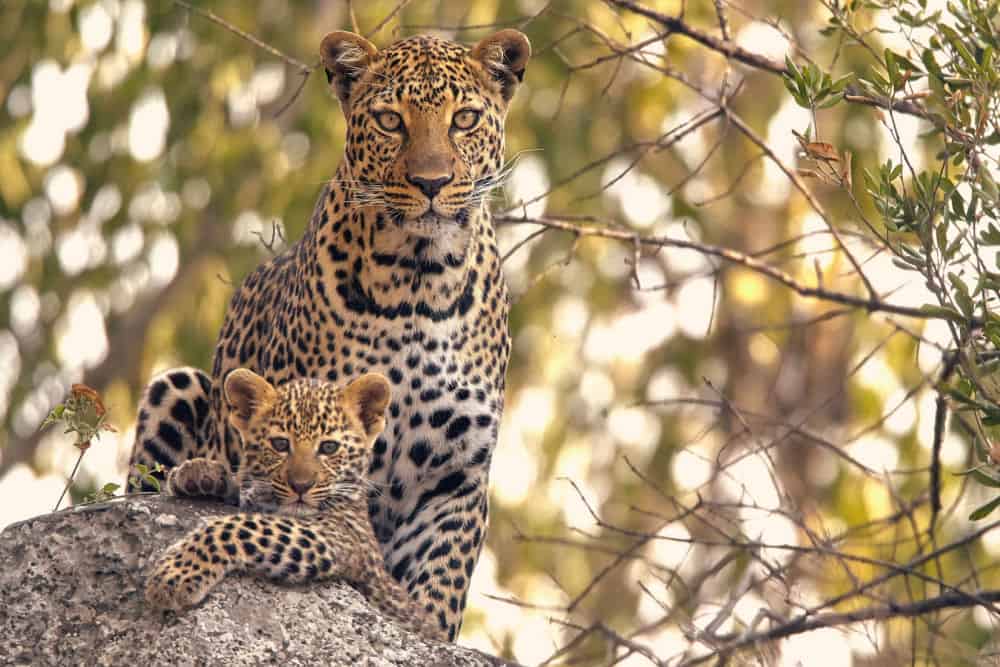
Female leopards give birth any time of the year, and usually give birth to two or three cubs. The gestation period is short, usually around three months, which means that baby leopards are undeveloped when they are born.
The cubs will continue to grow in a protected space such as a cave or den. One theory for the short gestation is that female leopards could not hunt effectively with a large belly. Mothers stay with their cubs until they are about two years old, when they are able to hunt and take care of themselves.
Leopard Quick Facts
- Scientific Name: Panthera pardus
- Common Name: Leopard
- Size: 22–22 inches tall, 35–75 inches long
- Weight: 82–200 pounds
- Lifespan: 21–23 years
- Diet: Carnivore
- Habitat: Africa and Asia
- Conservation Status: Endangered or Near Threatened depending on location
__________
Ultimate Kilimanjaro® is one of the leading safari companies in Tanzania. Our expert guides have been leading tours for over 15 years.
Want to see these big cats with your own eyes? Book an Ultimate Kilimanjaro® safari today.






















































